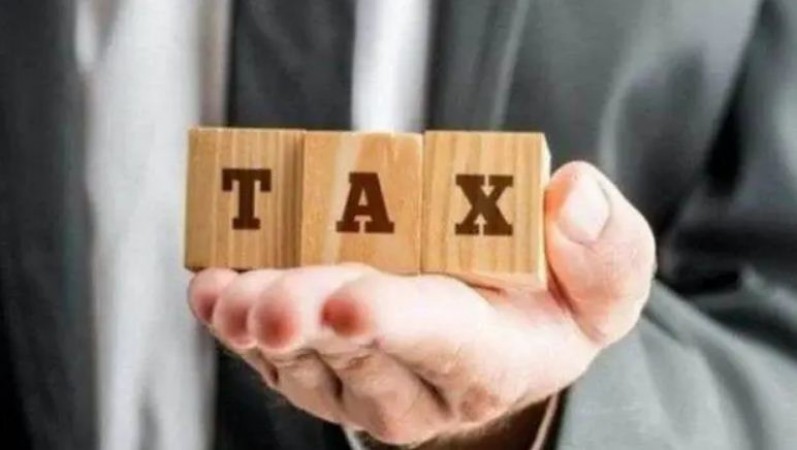
NEW DELHI: For the assessment year (AY) 2023–2024, the finance ministry has permitted persons against whom search and seizure operations were conducted by the I-T authorities to file updated income tax returns in ITR-1 form.
The six income tax return forms for individuals, professionals, and corporations that were announced by the Central Board of Direct Taxes (CBDT) on February 10 do not, however, reflect any significant changes.
In order to allow taxpayers adequate time to make necessary preparations, the CBDT has notified ITR forms 1-6, ITR-V (verification form), and ITR acknowledgement form in advance this year. ITR forms for the relevant financial year were previously announced by the I-T department in either March or April.
Forms for income tax returns for the assessment year 2023–24 have been sent out (for income earned in 2022-23).
According to the new regulations, those who have been the subject of search and seizure actions by tax authorities are now able to make a revised return under section 153 C based on a self-assessment of their hidden assets in ITR-1.
The ITR-1 form, which is voluntarily submitted by individuals with annual taxable income of less than Rs 2.5 lakh, has also undergone certain revisions by the CBDT with relation to declaration under Section 139 (1). Even if their fixed deposits surpass Rs 1 crore, these people won't need to disclose this on their ITR forms.
Om Rajpurohit, Director (Corporate & International Tax) of AMRG & Associates, stated that this decision was made with the understanding that no additional purpose was being served by this disclosure because the government already has all the necessary tools, such as PAN, to track such significant banking transactions.
A distinct "Schedule - VDA" has been added, according to Deloitte India Partner Saraswathi Kasturirangan, to report income from virtual digital assets like cryptocurrency.
Regarding the imposition of income tax on crypto assets, the 2022–23 Budget provided clarification. From April 1, 2022, such transactions were subject to a 30% I-T as well as cess and surcharges.
Additionally, a 1% TDS was established for payments made in virtual currencies over Rs 10,000. For designated persons, such as individuals or HUFs who are required to have their accounts audited under the I-T Act, the threshold level for TDS was Rs 50,000 per year.
The establishment of a new schedule is in line with expectations because tax regulations for the taxation of VDAs were established in FY 2022–2023, according to Kasturirangan.
Maneesh Bawa, executive director of Nangia Andersen LLP, stated that early notification of ITR forms will enable taxpayers in promptly preparing for pertinent disclosures that may be required in the forms. Other than what is necessary to make them current, there are no significant modifications.
ITR-1 and ITR-4 are less complex forms that are used by many small and medium-sized taxpayers.
An individual with income up to Rs 50 lakh who earns income from a salary, one residential property, and other sources may file an ITR-1 (interest, etc). Hindu Undivided Families (HUFs), businesses, and individuals with a combined income of up to Rs 50 lakh from their businesses and professions may file an ITR-4.
ITR-3 is filed by professionals, whereas ITR-2 is filed by those with income from residential real estate and income over Rs 50 lakh. LLPs and enterprises must file Forms ITR-5 and ITR-6.
The income tax return forms for Assessment Year 2023–24 (for income received in 2022-23) were announced by the CBDT relatively early, according to AMRG & Associates Senior Partner Rajat Mohan, which will facilitate taxpayers in filing their income tax returns early this year. Such forms received notification the first week of April of the previous year.